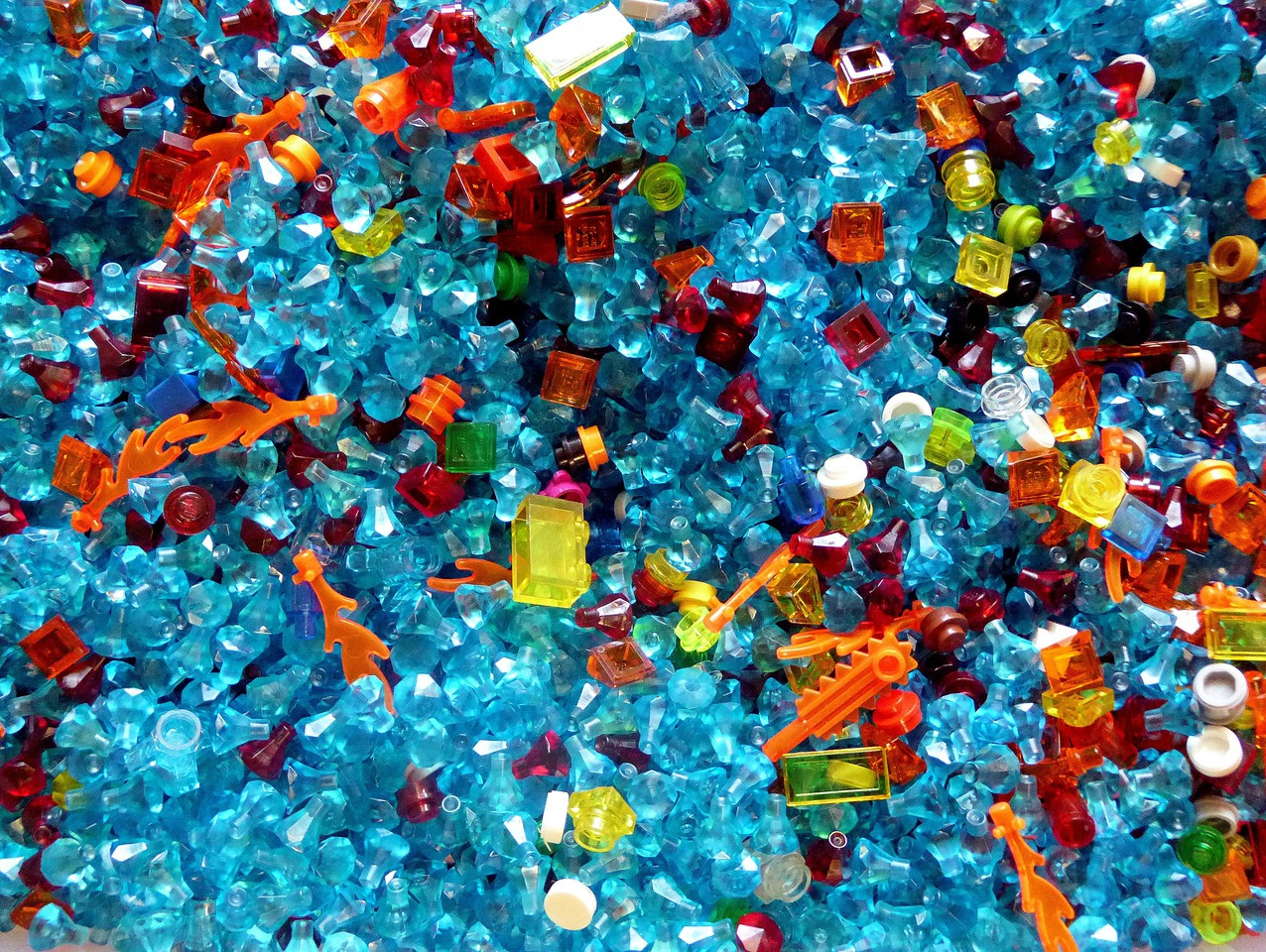We're currently searching through more than 4,000 articles, just a moment's patience...
We're currently searching through more than 4,000 articles, just a moment's patience...

TNO modeling indicates that the demand for plastic consumer packaging will increase by 17% if current consumption patterns continue. Applying circular strategies could reduce greenhouse gas emissions by 62% and decrease the need for new materials by 67%. To achieve fully fossil-free plastic packaging by 2050, additional policies are required. This is the outcome of a joint study by TNO, RIVM, Utrecht University, and Rijkswaterstaat. Currently, only 7% of plastic packaging is made from recycled materials.
RIVM has analyzed policy options for plastic packaging and beverage cartons. TNO studied packaging trends and the impact of greenhouse gas emissions on both the current and future system. This analysis was based on two scenarios: business-as-usual and a circular scenario. For the first time in the Netherlands, a systematic life cycle analysis was conducted, distinguishing between various types of packaging such as beverage cartons and bottles.
TNO calculated the impact of four circular strategies: reduction, extending product life, material substitution, and high-quality recycling. Reduction and high-quality recycling contribute the most, followed by reuse and substitution. The effectiveness varies by packaging type.
Download the report 'Product Group Analysis of Plastic Packaging and Beverage Cartons' or view the key findings in the infographic.
Source: ©TNO
Vakblad Voedingsindustrie is a project of b2b Communications BV.
© COPYRIGHT 2025 VOEDINGSINDUSTRIE | ALLE RECHTEN VOORBEHOUDEN
Powered by Wallbrink Crossmedia © 2025
Een abonnement kost € 80,- exclusief 9% BTW per jaar.

We work in accordance with the privacy legislation. After your registration you will receive an e-mail with a confirmation link. Only after you have clicked on this link will you be registered as a recipient of the newsletter. If you can't find the e-mail in your inbox, please also look at unsolicited e-mail.


Lorem ipsum dolor sit amet, consectetuer adipiscing elit. Aenean commodo ligula eget dolor. Aenean massa. Cum sociis natoque penatibus et magnis dis parturient montes, nascetur ridiculus mus. Donec quam felis, ultricies nec





